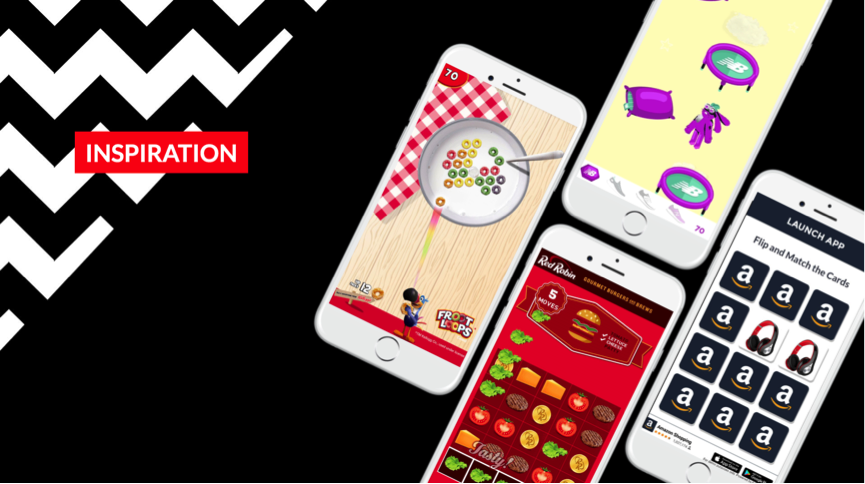Last week was spent in Dubai, meeting clients, delivering workshops and presentations. One of the presentations was for Informa Plc and Adam Smith conferences, who host Autoretailme, the only conference in the Middle East for the auto-retail community.
We were here to talk about the digital space and the impact of visual content marketing for the auto retailers across the region.
Although the drop in oil prices and regional political instability have been restraining economic growth, the Middle East is going through unprecedented change at the moment and the outlook appears very positive.
On the 25th April, the Kingdom of Saudi Arabia announced Vision 2030, its long-term economic plan to make it less reliant on its oil revenues. Within it, it included the recognition of the vast marketing opportunities that exist for its small businesses and productive families through social media and digital platforms. Access to these channels are to be facilitated, along with and increase in investments in the digital economy and digital infrastructure.
Dubai has announced their Smart City 2020 initiative. Within it they intend to leverage the Internet of Everything and become one of the world’s most connected and sustainable cities with the Expo as the platform for unveiling this vision. It is expected that the Expo will result in 277,000 new jobs in the UAE, an injection of up to $40 billion into the economy and an influx of over 25 million visitors.
Just two examples of significant change taking place that will positively impact the automotive community, which incidentally is looking very healthy. So how can the auto-retail community leverage the digital transformation that is taking place, to further increase sales and awareness in an already crowded and competitive environment?
It Starts with the data
The importance of acquiring as much data as possible to help drive insight, sales and connect with customers , cannot be stressed enough. There is an abundance of up-to-date available data, either paid for through specialist consultancies, or plenty of free, ready available data, which is searchable online .
Very quickly you can build a top down view of data relevant to your day-to-day business operations, from macroeconomic and geo-demographic data, to social media, mobile, search , platform and internet usage trends.
Data are readily available, to drill right down to country specifics, to the point where you can even establish the most popular car being searched for in your region, the favourite colour, whether it’s automatic or manual, etc.
For example , we know that across the Middle East region and beyond, we can see a major trend towards SAV and SUV vehicles. In a recent exclusive interview given to Autoretail, the Managing Director for BMW Group validated this with a review of the company’s success and customer engagement across the region
You get the picture. Once you are armed with the data you can structure, model, filter and apply to your business operations. This data-driven approach will give you more insight into your customers preferences and requirements, will focus your marketing activity and add value to your customers experience, when searching , selecting and buying a car.
Know Your Customer
 With all the data collected , incorporate this with customer journey mapping to gain a better understanding of the paths customers are making when buying a new car, used car, or looking for the best financing options ( each one will have a specific journey map)
With all the data collected , incorporate this with customer journey mapping to gain a better understanding of the paths customers are making when buying a new car, used car, or looking for the best financing options ( each one will have a specific journey map)
Why is this important?
By knowing your customer journey you can better understand all the touch points and how to interact with your customers, both digitally and in the ‘real’ world.
Visual Content Along Your Customer Journey
 Once you have identified and mapped out a customer journey, establish what types of visual content and interactions can be provided along their path to buying. Why is visual mapping so important? Think about the most basic scenario . You want to drive from point A to point B. How do you get there?
Once you have identified and mapped out a customer journey, establish what types of visual content and interactions can be provided along their path to buying. Why is visual mapping so important? Think about the most basic scenario . You want to drive from point A to point B. How do you get there?
Wayfinding is a method that has been designed to help you do just that .
Whether you’re on the motorway, at the airport trying to take a flight, or skiing around a resort, your experience is defined by the information that is available to you at the VERY POINT YOU NEED it. So when buying a car make sure, as a retailer, you are present at every touch point along the customer journey, with the right type of content, not just when they need to find a local reputable dealer.
Be the digital wayfinder for your customer !
Why Visual Content?
 We have seen from the slides above that social media is playing a major part in the way consumers search for information, share opinions, research purchasing options and engage in communities. For example research has identified that 88% of the Middle Eastern population who are online use social media sites daily.
We have seen from the slides above that social media is playing a major part in the way consumers search for information, share opinions, research purchasing options and engage in communities. For example research has identified that 88% of the Middle Eastern population who are online use social media sites daily.
Consumer preferences and communications also vary significantly between, for example, the UAE, Saudi Arabia, Qatar, Egypt, Lebanon, Morocco, Tunisia and Iraq. Along with the differences in languages and colloquial Arabic spoken across the region, visual content is a medium that can be easily adapted and communicated effectively.
We know that content marketing is here to stay . Its changed the way we communicate with customers. The main reason why content marketing has been so successful is because it’s about trust and authority. Content marketing is predicated on delivering insight, value, entertainment and relevance. In 2016 it’s all about maximising the benefit from content created and finding new ways to engage with clients.
Visual content marketing should be part of that process and here are a few reminders as to why visual content is so important:


Distribution and Micro-content- Get Social
How do you attract and engage with customers? It doesn’t matter how good your site, article, infographic or video is if nobody sees it . Content distribution is key.
Micro-content is a powerful and commercially effective way that auto-retailers can share content and raise awareness, as part of an ongoing campaign. Essentially micro-content is shortform content that can be broken down from existing content, or created specifically for social media platforms. You can carefully craft a compelling story for your brand through a series of short -form videos, tweets, GIFs, images, memes, interactive surveys and polls, to name but a few examples of micro-content.
 For example, once you have identified a key message or campaign that you want to focus on, some comprehensive content can be created to support it, which can then be broken down and re formatted as micro content , to be shared and communicated over a period of time across social media. It can be used as teasers for a larger campaign or for a specific message but can be used to quickly raise awareness create a social buzz. Often it can take on a life of its own when shared which can impact a larger number of consumers than your target audience.
For example, once you have identified a key message or campaign that you want to focus on, some comprehensive content can be created to support it, which can then be broken down and re formatted as micro content , to be shared and communicated over a period of time across social media. It can be used as teasers for a larger campaign or for a specific message but can be used to quickly raise awareness create a social buzz. Often it can take on a life of its own when shared which can impact a larger number of consumers than your target audience.
SHOW , DON’T TELL
In a previous article, we looked at the automotive industries presence across social media platforms.
Instagram is the go-to destination for car enthusiasts to find great visual content and that’s something brands have capitalised on by creating what could almost be seen as a digital car show. Today many luxury car brands like Audi, Bugatti and BMW, show off their latest models with spectacular photography on Instagram, drawing in an audience from all over the world. Shoot their luxury cars against a scenic background and they can guarantee high levels of engagement from fans. Auto retailers can instantly recreate this approach to highlight their portfolios.
Digital Trends – Scrollytelling
Looking at some of the digital trends , one that auto retailers should look out for and harness throughout 2016 is ‘Scrollytelling’. Scrollytelling is another digital way to interact and communicate show with your customers, through visual storytelling.
Because we’re all mobile and because of social media, the way in which we consume content has changed. We ‘scroll’ and ‘swipe’ through content on our phones and tablets. This has led to presenting content combined with video, sound, animations, charts, transitions, so that when you scroll or swipe , you interact and engage with the story and are responsible for making it appear with your actions. Visual content is much more readily absorbed and digestible.
In the below example, Evans Halshaw, a UK-based Auto retailer, use scrollytelling for this interactive microsite, to provide an interactive guide on all of the cars featured in all of the 007 movies. The format proved an instant hit with all car enthusiasts and Bond movie buffs alike, as well as generating a lot of positive publicity and new traffic to its main site.
 To see our slides delivered at the Autoretail conference in Dubai, please see the stack below:
To see our slides delivered at the Autoretail conference in Dubai, please see the stack below:
If you would like to talk to us about your specific visual content marketing challenges for your dealership or service , please feel free to contact us for a no obligation chat – happy to share some ideas with you!





